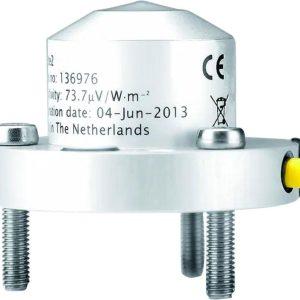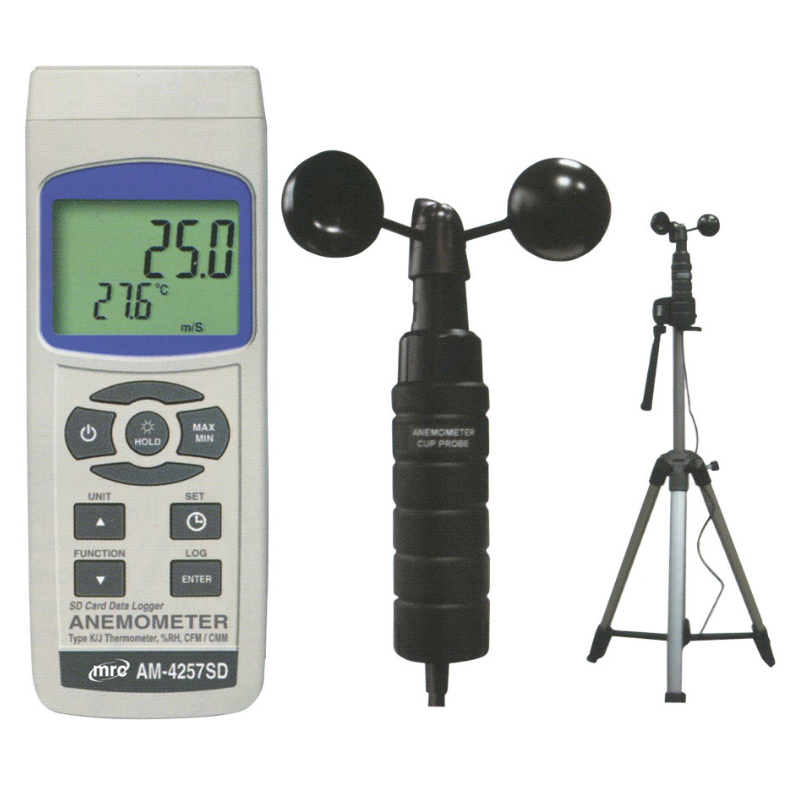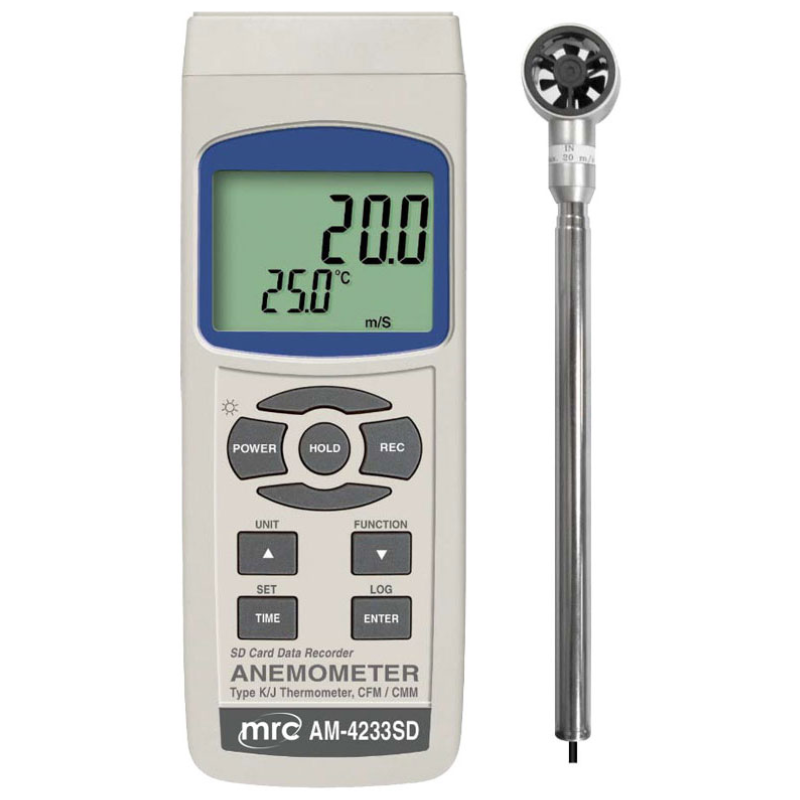Pyranometers are essential for a range of applications, from weather forecasting to optimizing solar panel efficiency. Let’s dive into the world of pyranometers and explore their various uses.
History of Pyranometers
Early Developments
The journey of pyranometers began in the early 20th century when scientists first needed a reliable method to measure solar radiation. The initial designs were rudimentary but laid the groundwork for more advanced models.
Evolution Over Time
Over the decades, pyranometers have evolved significantly. Modern devices are highly accurate and can measure different wavelengths of solar radiation, making them indispensable tools in both scientific research and practical applications.
How Pyranometers Work
At its core, a pyranometer measures the solar radiation received from a hemispherical field of view. It converts this radiation into an electrical signal, which can then be quantified.
Key components of a pyranometer include a sensor that detects radiation, a dome that shields the sensor from environmental factors, and an electronic system that converts the sensor’s data into readable measurements.
Weather Forecasting
Meteorologists use pyranometers to measure solar radiation levels, which helps in predicting weather patterns and understanding atmospheric conditions.
Climate Research
In climate research, pyranometers provide valuable data on solar radiation that affects global climate systems. This data is vital for modeling climate change and its potential impacts.
Crop Management
Farmers use pyranometers to monitor sunlight exposure, which is critical for optimizing crop growth and yield. By understanding solar radiation levels, they can make better decisions regarding planting and harvesting.
Greenhouse Monitoring
In greenhouses, pyranometers help maintain optimal light conditions, ensuring plants receive the right amount of solar energy for healthy growth.
Solar Panel Efficiency
Pyranometers are essential in the solar energy industry for measuring the efficiency of solar panels. They provide data on how much solar energy panels are receiving and converting into electricity.
Solar Farm Monitoring
Large solar farms rely on pyranometers to monitor and maximize their energy output. By tracking solar radiation, operators can adjust the angle of panels and perform maintenance as needed.
Ecosystem Studies
Environmental scientists use pyranometers to study ecosystems and understand how solar radiation affects various environmental processes.
Pollution Monitoring
Pyranometers also play a role in monitoring air quality and pollution levels. By measuring solar radiation, scientists can infer the presence of certain pollutants in the atmosphere.
Building Energy Management
In the industrial sector, pyranometers help manage energy use in buildings by monitoring solar radiation levels and optimizing heating and cooling systems.
Industrial Process Control
Certain industrial processes require precise control of light and heat. Pyranometers provide the necessary data to maintain optimal conditions for these processes.
Atmospheric Studies
Researchers studying the atmosphere use pyranometers to gather data on solar radiation and its effects on weather and climate.
Renewable Energy Research
In renewable energy research, pyranometers help in developing new technologies and improving the efficiency of existing solar energy systems.
Benefits
Pyranometers are known for their high precision in measuring solar radiation, making them reliable tools for various applications.
Their versatility allows pyranometers to be used in numerous fields, from agriculture to environmental science, showcasing their broad utility.







